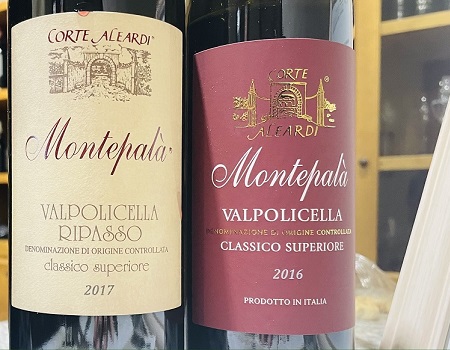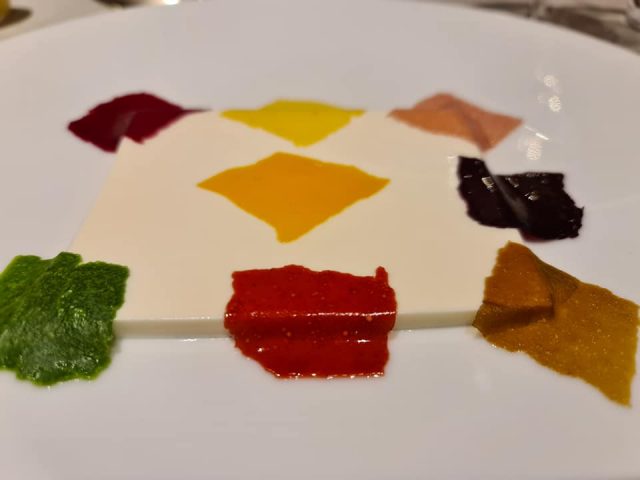Corte Aleardi and the philosophy of waiting
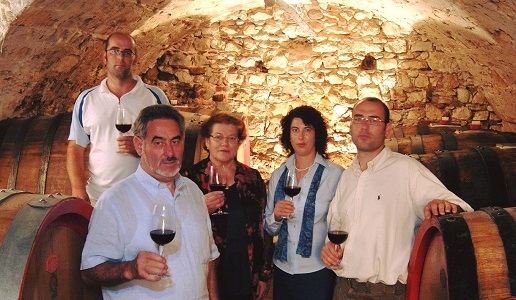
For Aleardo Ferrari and his sons, winemakers in Valpolicella, time has an inestimable value. Wine requires it in order to be ready and it cannot be denied.
My beloved Valpolicella is a territory which is, for certain aspects, a bit controversial. Here coexist opposing realities. Among big cooperative wineries, which gather many small landowners, big direct producers, medium and small ones, it is really difficult to identify a single type of winery representing this territory. Valpolicella is this, a melting pot of producers, which among the extremes gather a lot of different facets.
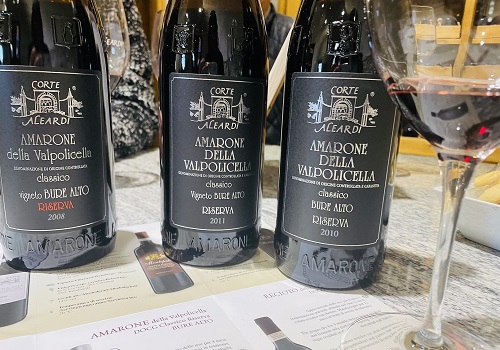
Corte Aleardi today owns 14 hectares of land in Valpolicella Classica all on the hills between the communes of San Pietro in Cariano and Sant'Ambrogio di Valpolicella, produces about 70 thousand bottles per year divided between 8 labels of red wines with appellation, mainly, and two labels of classic method, from corvina and one from chardonnay (again a tribute to Champagne). The future of Corte Aleardi is organic and it will officially become so from the 2023 harvest.
Today at the helm, supervised by Aleardo Ferrari (historical memory and bottomless well of anecdotes and curiosities about Valpolicella), are Aleardo's two sons and daughter Cristina. A fifth generation is ready to leave, still young but already projected towards a promising and evolving future. In fact, 80% of the company's production is exported to Canada, Northern Europe, as far as Malaysia and South Africa. Over the years, the company has worked on the domestic as well as the export, also ensuring to diversify markets and sales channels between horeca and private.
Among Aleardo's fascinating anecdotes, my favorite one is about the rescue of the red stalked Corvinone clone, called Corvinon. Found in a vineyard dated 1920, it was propagated in a nursery and nowadays it is the official winery clone for this grape which is part of the typical Valpolicella blend. More sparse, less vigorous and with a characteristic red stalk, it performs well both in drying and when vinified fresh.
For Aleardo and his sons, time is of inestimable value. Wine requires it to be ready and it cannot be denied. This philosophy of waiting has led to the winery's flagship wine becoming the Amarone Classico della Valpolicella Riserva, exciting and dear to both those who produce it and those who drink it. Also available in small vertical vintages, 2010 to be marked.
But what is the difference between Amarone and Amarone Riserva? First of all, many producers often start with this sentence: "It could be Riserva but we just call it Amarone". Are they lying? Absolutely not, their wine has the characteristics to use that specification, but it is simply not declared as such. An Amarone della Valpolicella is Riserva when the minimum period of aging from 2 to 4 years (from November 1st of the year of harvesting). And when the minimum non-reducing extract is increased from 28 to 32 g/l.
So what does a Riserva have more than an Amarone? Basically, time.
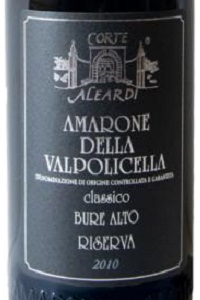 Corte Aleardi
Corte Aleardi
Amarone della Valpolicella Classico Riserva Vigneto Bure Alto 2010
95/100 - € 90,00 (ancora disponibile)
80% Corvina, 10% Corvinon, 10% Rondinella, appassite per 4 mesi. Matura in tonneau 5 anni circa, minimo 1 anno in bottiglia. Rubino intenso dal bordo granato, concentrato nel calice. Naso materico e cupo, frutta secca e sottobosco. Si apre balsamico al palato, il finale lascia sensazioni di ciliegia sotto spirito, alloro, spezia nera e una leggera piccantezza che ricorda lo zenzero candito.
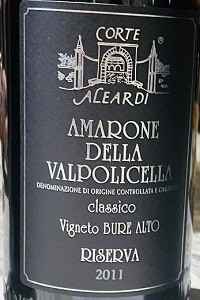 Corte Aleardi
Corte Aleardi
Amarone della Valpolicella Classico Riserva Vigneto Bure Alto 2011 (annata in corso)
94/100 - € 52,00
80% Corvina, 10% Corvinon, 10% Rondinella, appassite per 4 mesi. Matura in tonneau 5 anni circa, minimo 1 anno in bottiglia. Rubino dai riflessi granati. La scelta del tonneau emerge prepotente al naso poi albicocca secca, fico e piccoli frutti rossi con un sottofondo di spezie e muschio. Al palato arriva caldo, poi si apre balsamico. Ricorda nel gusto e nella sensazione fondente il cioccolatino after-eight.
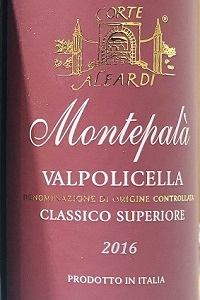 Corte Aleardi
Corte Aleardi
Valpolicella Classico Superiore Montepalà 2016
92/100 - € 15,00 QP
65% Corvina, 20% Corvinon, 15% Rondinella, appassite per un mese. Matura in tonneau per 30 mesi. Rubino con riflessi granati, al naso colpiscono le note verdi, sferzanti e fresche. Presente anche la susina, rossa, croccante e succosa. Il gusto è secco, il tannino elegante. Persistenza balsamica. Sorprendente.
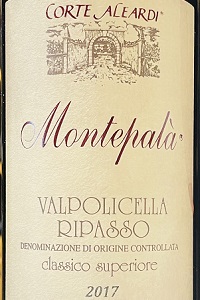 Corte Aleardi
Corte Aleardi
Valpolicella Ripasso Classico Superiore Montepalà 2017
89/100 - € 13,00
65% Corvina, 25% Corvinon, 10% Rondinella. Matura in botte di Rovere di Slavonia per 18 mesi. Rubino. Frutto rosso ancora astringente, con qualche nota dolce floreale. Al palato il tannino ricorda quello del cioccolato fondente, astringente e cremoso. Dal gusto goloso e generoso. Bella beva.

 Italiano
Italiano

